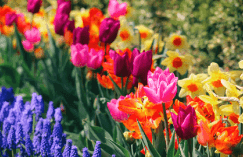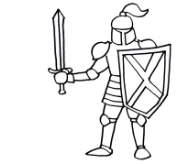
Drawing:Rwynvne6gdm= Trees
You might not realize that Drawing:Rwynvne6gdm= Trees, with their complex anatomy, can tell a story through their structure. Understanding their roots, trunks, branches, and leaves isn’t just for botanists; it’s essential for artists aiming to capture their essence. By mastering techniques like shading and texture, you can bring a lifelike quality to your drawings. But what happens when you explore different artistic styles? The emotional and cultural symbolism that emerges might surprise you, leading to a deeper connection with your work. Consider how your approach to trees could transform your art.
Understanding Drawing:Rwynvne6gdm= Trees Anatomy
To accurately draw trees, you need to understand their anatomy, which encompasses key components like roots, trunk, branches, and leaves.
Analyzing tree structure reveals how these elements contribute to overall stability and health.
Pay attention to leaf variations, as they reflect species adaptability and environmental influences.
This knowledge provides a foundational framework, empowering you to create more realistic and dynamic tree representations.
Read also: Drawing:Qvoatii4xp8= Flash
Essential Drawing Techniques
Mastering essential drawing techniques enables you to capture the intricate details and textures of Drawing:Rwynvne6gdm= Trees, enhancing the realism of your artwork.
Focus on effective sketching techniques to establish form and structure.
Employ various shading methods to create depth and dimension, using hatching or blending as needed.

Exploring Different Styles
Exploring various artistic styles allows you to interpret tree forms in unique ways, transforming your representation of nature into a distinctive visual language.
You can delve into abstract interpretations, where shapes and colors convey emotions rather than realism.
Additionally, consider cultural symbolism; different societies attribute varied meanings to trees, enriching your artwork with depth and narrative that resonates with diverse audiences.
Tips for Capturing Realism
Capturing realism in tree drawings requires a keen observation of nature, focusing on the intricate details of bark texture, leaf structure, and the interplay of light and shadow.
Pay attention to texture variation, as different species exhibit unique patterns.
Observe seasonal changes, too; leaves transform in color and shape.
This empirical approach enhances your drawings, making them more lifelike and engaging.
Read also: Drawing:Qm60xirsaaa= Wolves
Conclusion
In mastering Drawing:Rwynvne6gdm= Trees, you’ve unlocked a world of wonder.
By understanding anatomy, applying essential techniques, and exploring expressive styles, you’ll elevate your artistry.
Remember, realism results from keen observation and practice.
Embrace the beauty of branches, the texture of trunks, and the grace of leaves.
With dedication and a dash of creativity, your tree illustrations can truly thrive, transforming simple sketches into stunning symphonies of nature.
Keep creating, capturing, and celebrating the captivating character of trees!




